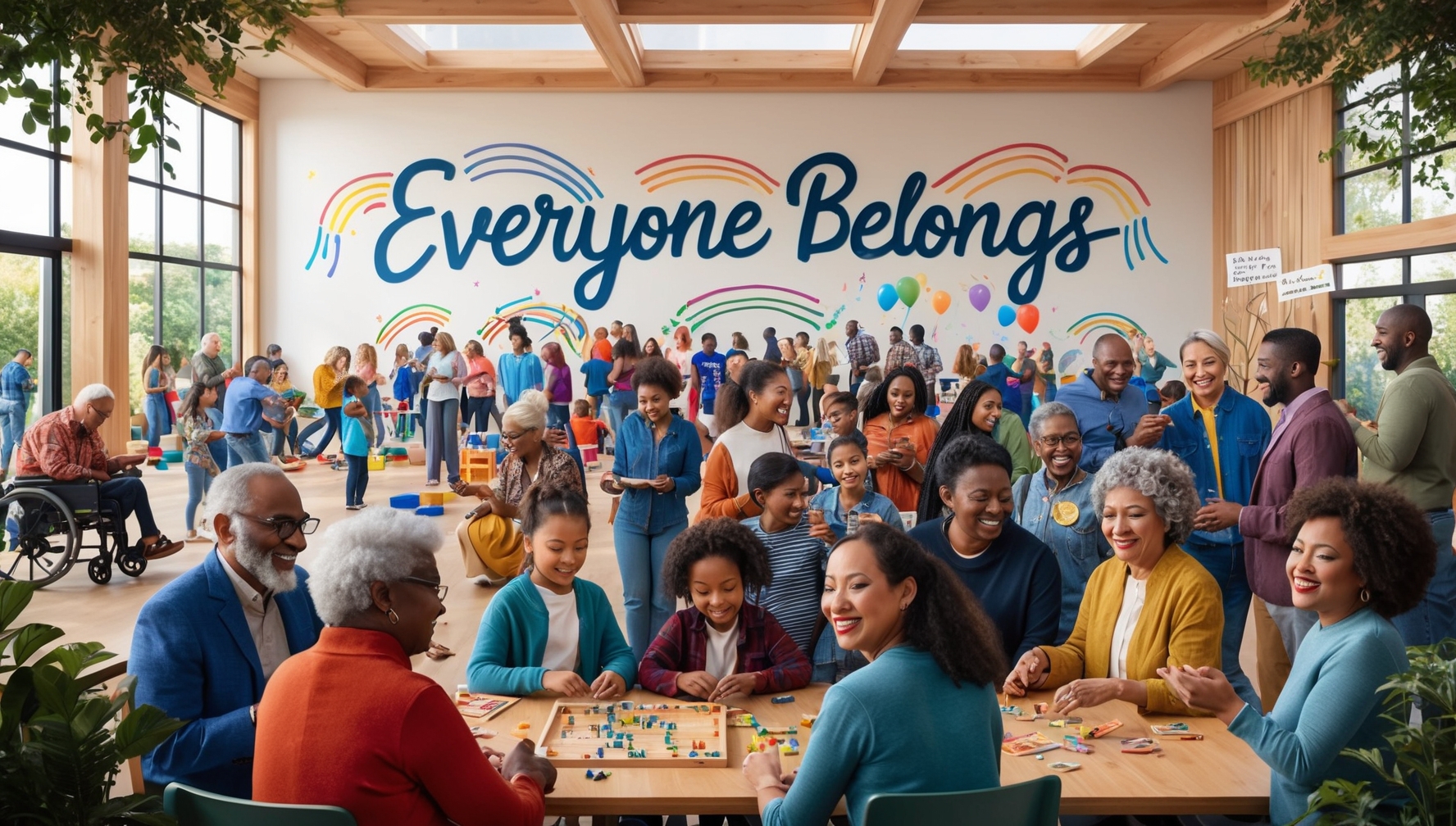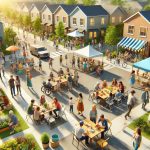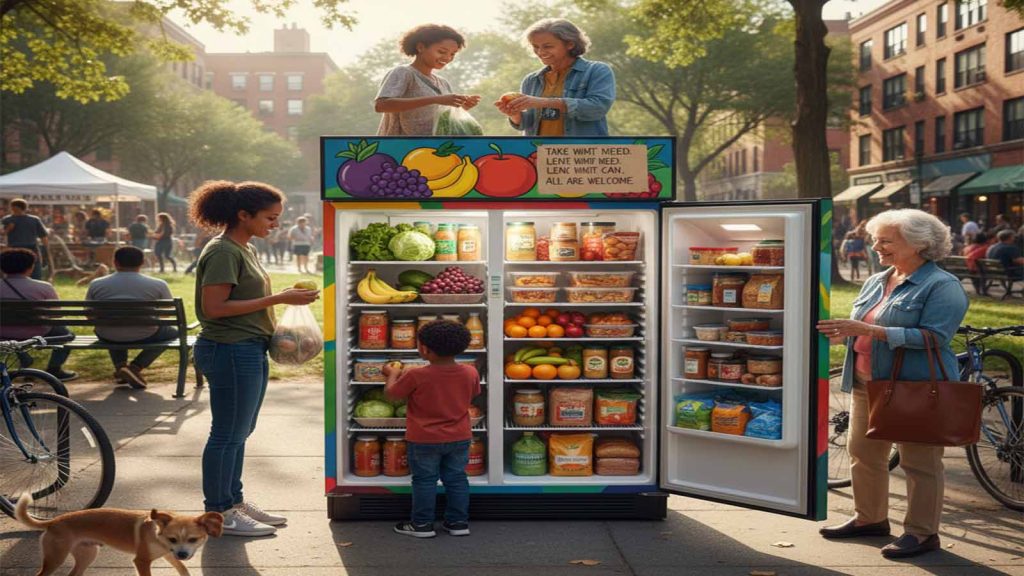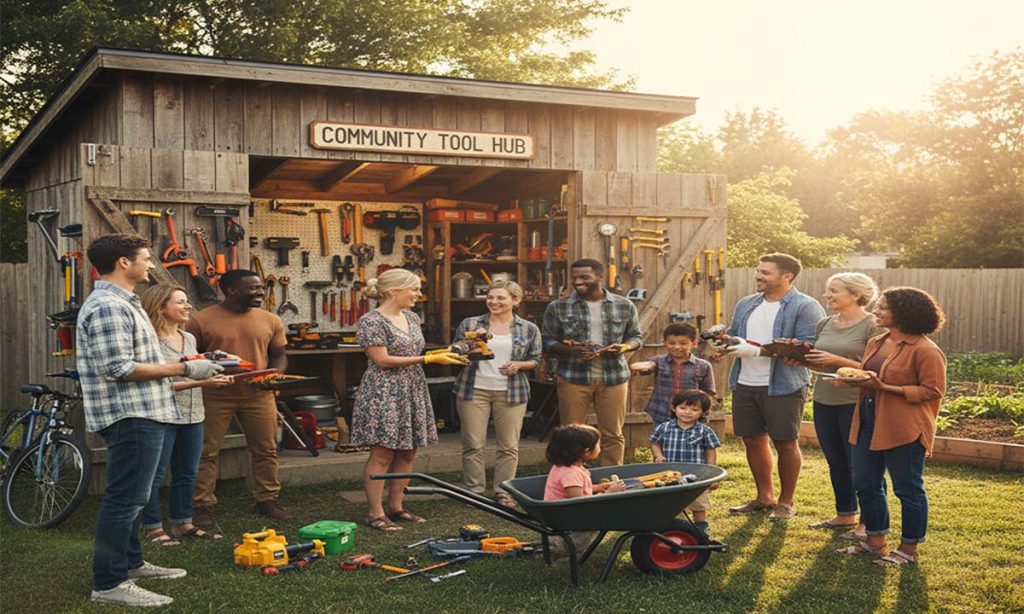Creating inclusive community spaces ensures that people of all ages can enjoy and benefit from public areas. Whether it’s a park, library, or community center, inclusivity promotes accessibility, safety, and engagement for everyone. Here are key strategies to design and maintain community spaces that cater to all age groups.
1. Design for Accessibility
Universal Design Principles: Incorporate universal design principles that make spaces accessible to everyone, including those with disabilities. Features like ramps, wide doorways, and accessible restrooms ensure that all individuals can navigate and use the space comfortably.
Multi-Generational Amenities: Include amenities that serve different age groups, such as play areas for children, exercise equipment for adults, and seating for seniors. Additionally, consider areas dedicated to community mental health support, providing a quiet space for relaxation and mental well-being activities.
Clear Signage and Navigation: Use clear and large-print signage to help people of all ages navigate the space. Include braille and tactile signs for those with visual impairments. Ensure that pathways are well-lit and free of obstacles.
2. Create Safe and Engaging Play Areas
Age-Appropriate Equipment: Install play equipment that caters to various age groups, from toddlers to teenagers. Equipment should be safe, age-appropriate, and designed to stimulate physical and cognitive development.
Inclusive Playgrounds: Design inclusive playgrounds that accommodate children with disabilities. Features like sensory panels, wheelchair-accessible swings, and adaptable climbing structures ensure that all children can play together.
Supervised Areas: Provide designated areas where parents, guardians, or caregivers can supervise children. These areas should be comfortable and offer amenities like seating and shaded spots.
3. Foster Social Interaction and Community Building
Multi-Use Spaces: Design spaces that can be used for a variety of activities, such as community events, classes, and social gatherings. Flexibility in the design allows the space to adapt to different needs and encourage community engagement.
Gathering Areas: Create communal areas with seating, tables, and shaded spaces where people of all ages can gather and interact. This promotes socialization and community cohesion.
Activity Zones: Include different zones for various activities, such as sports courts, gardens, and art installations. Diverse activity options cater to different interests and age groups, encouraging participation and interaction.
4. Promote Intergenerational Activities
Workshops and Classes: Offer workshops and classes that appeal to different age groups, such as arts and crafts for children, fitness classes for adults, and educational seminars for seniors. Intergenerational programs foster learning and interaction across age groups.
Community Events: Organize community events that encourage participation from all ages, such as festivals, fairs, or holiday celebrations. These events not only strengthen community bonds but also boost community engagement by encouraging active involvement and interaction.
Mentorship Programs: Facilitate mentorship programs where older adults can share their skills and knowledge with younger generations. These programs promote mutual respect and understanding between age groups.
5. Ensure Safety and Comfort
Safe Environment: Prioritize safety by ensuring that all areas are well-maintained, free of hazards, and equipped with proper lighting. Regular inspections and maintenance help prevent accidents and ensure a safe environment for all users.
Comfortable Amenities: Provide amenities that enhance comfort, such as shaded areas, drinking fountains, and clean restrooms. These features contribute to a positive experience for everyone using the space.
Emergency Services: Include emergency services and first-aid stations in the design of community spaces. Accessibility to medical assistance ensures that everyone can feel safe and secure while enjoying the space.
6. Gather Community Feedback
Engage Residents: Involve community members in the design process by gathering feedback through surveys, focus groups, or public meetings. Understanding the needs and preferences of different age groups helps create a space that truly serves the community.
Continuous Improvement: Regularly assess the use and effectiveness of the community space. Solicit feedback from users of all ages to identify areas for improvement and ensure that the space continues to meet evolving needs.
Celebrate Diversity: Emphasize the importance of diversity and inclusion in community spaces. Celebrate cultural, social, and generational diversity through design and programming that reflects and respects the community’s varied backgrounds.
Conclusion
Creating inclusive community spaces requires thoughtful design that accommodates the needs of all age groups. By incorporating accessibility features, providing diverse amenities, fostering social interaction, and ensuring safety and comfort, communities can build spaces that bring people together and enhance overall well-being.






